In the scorching heat of summer, many plants struggle to thrive under intense sunlight, especially those that are particularly sensitive to its harsh rays. Sun-sensitive plants, such as delicate flowers, leafy greens, and certain vegetables, can suffer from sunburn, heat stress, and dehydration if not adequately protected from excessive sun exposure. Fortunately, shade cloth offers a simple yet effective solution for shielding sun-sensitive plants from the sun’s harmful effects while still allowing them to receive the light they need to grow and flourish. In this comprehensive guide, we’ll explore the benefits, types, installation methods, and best practices for utilizing shade cloth to protect your sun-sensitive plants and create a cooler, more comfortable environment in your garden.
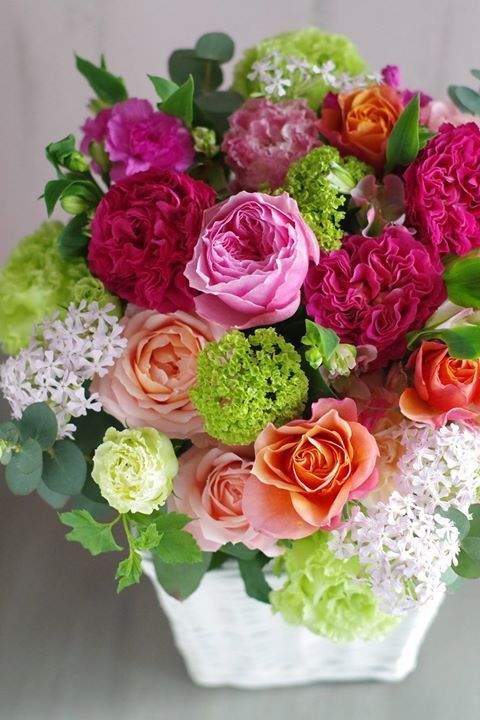
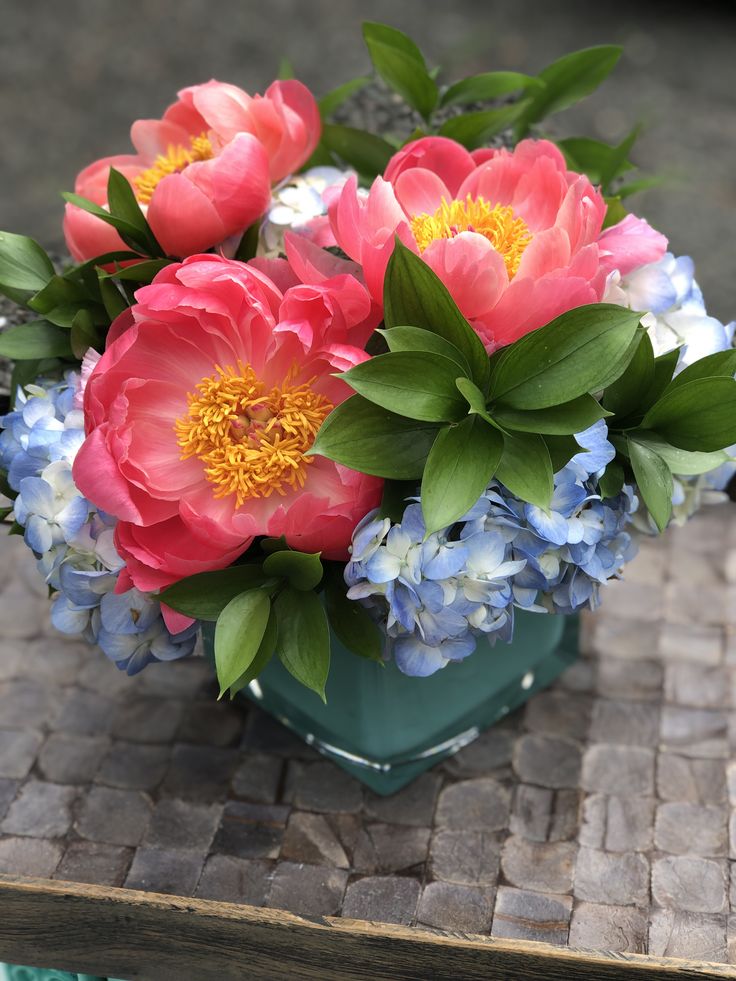

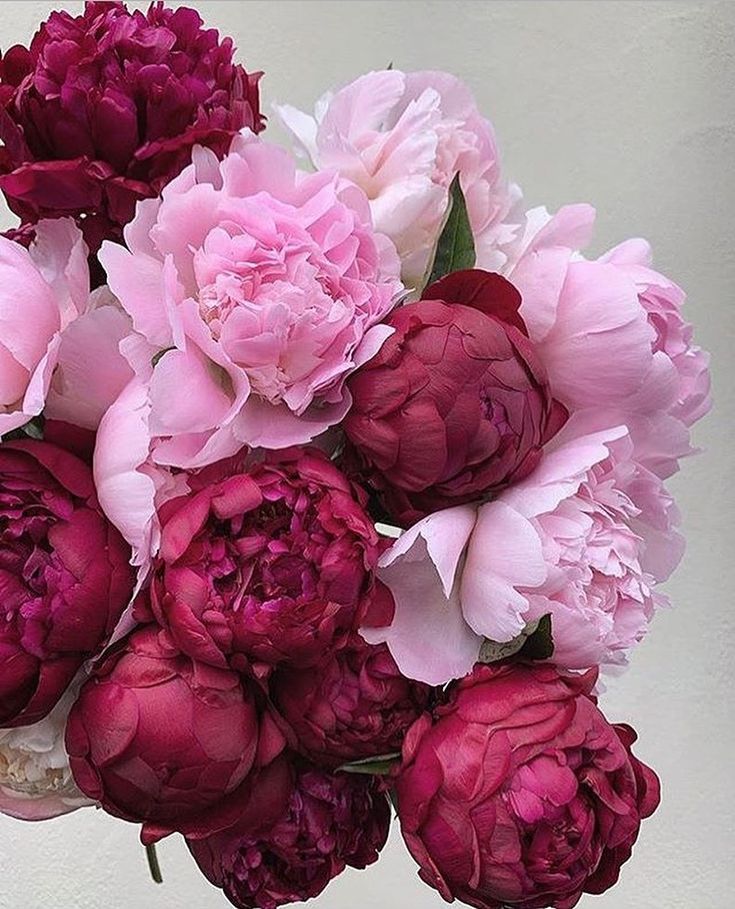
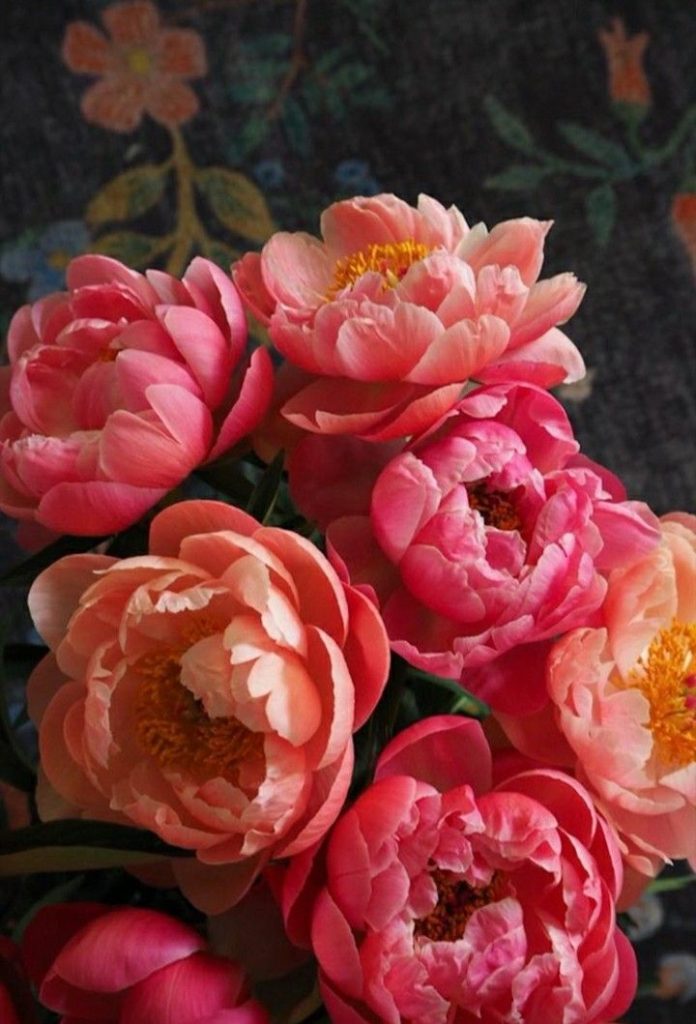
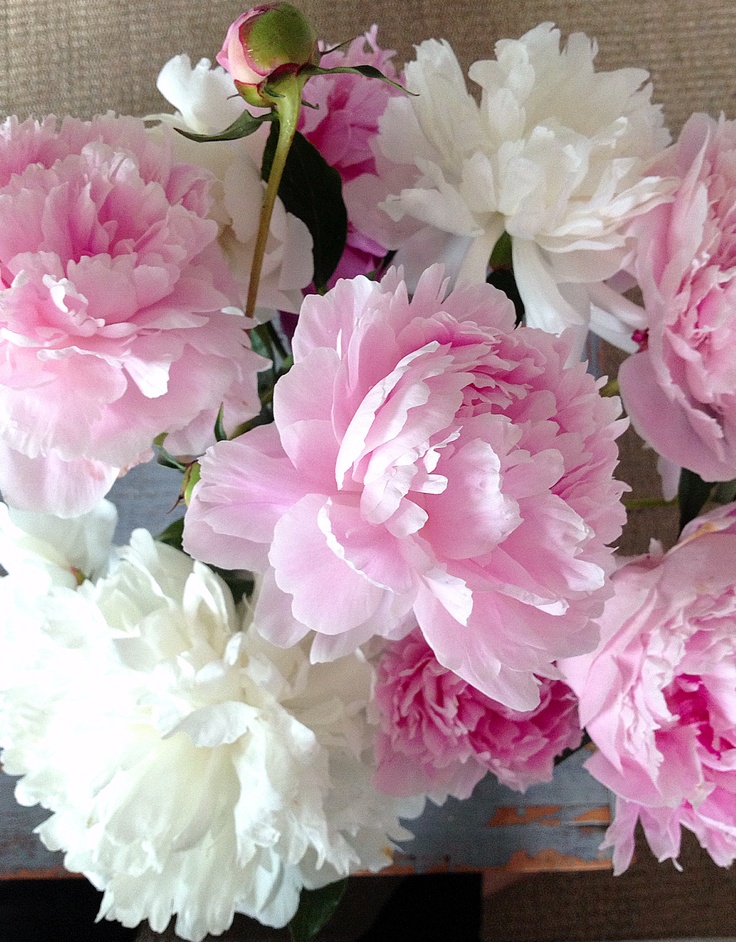
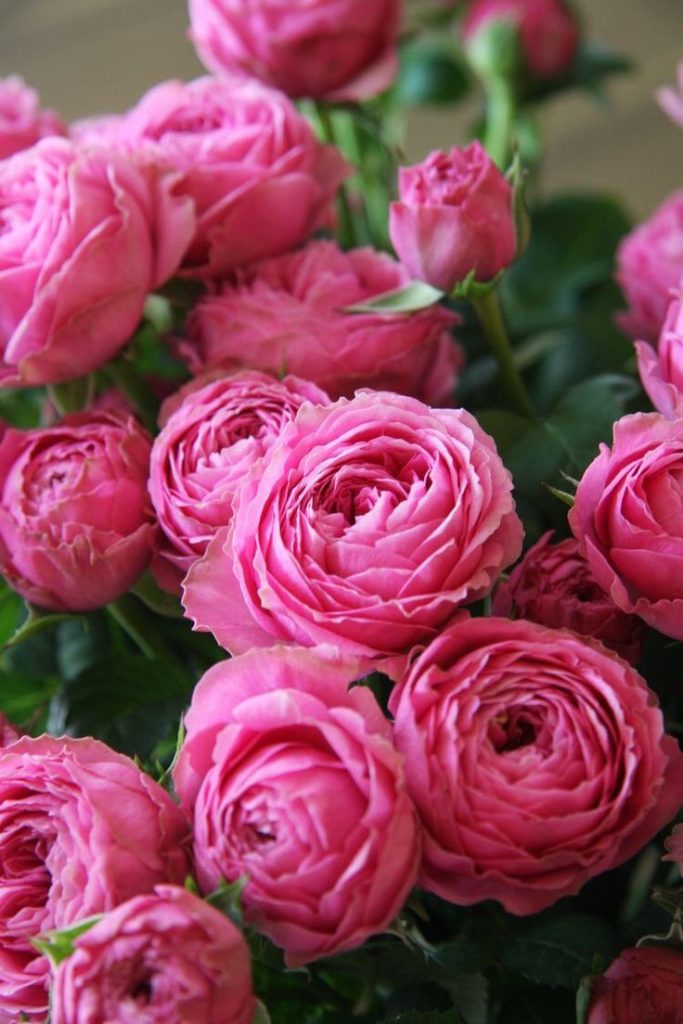
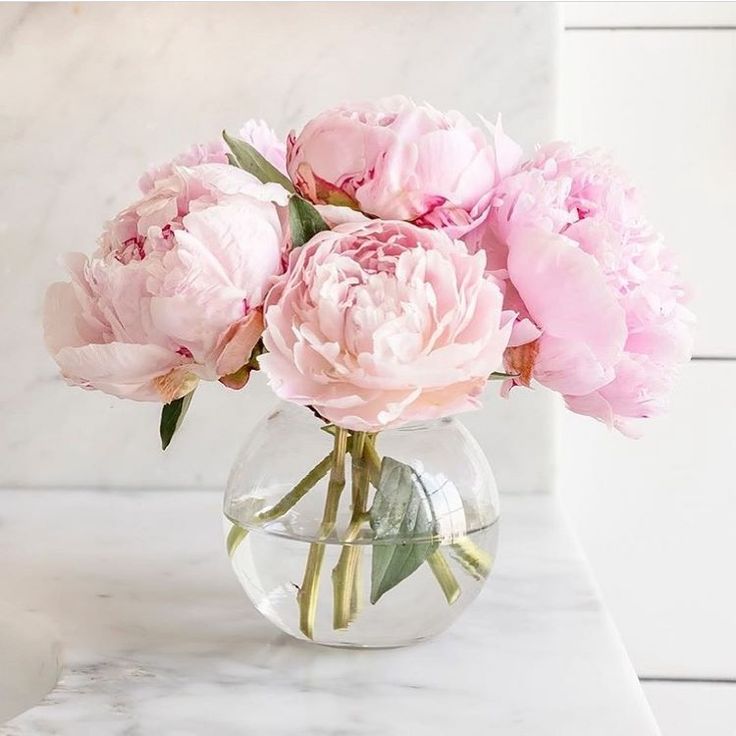
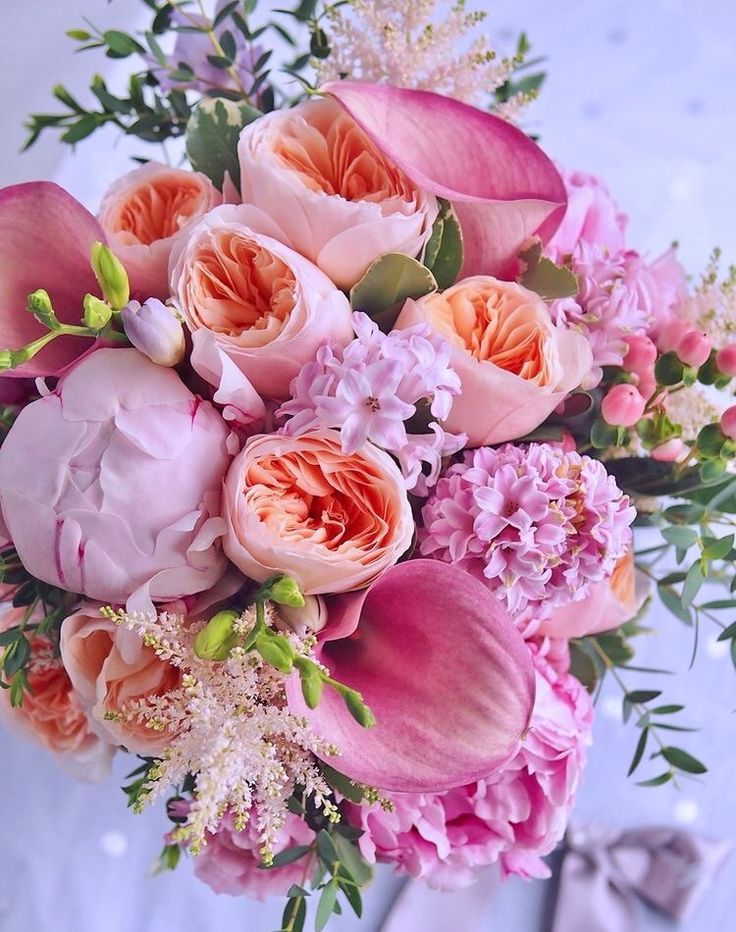
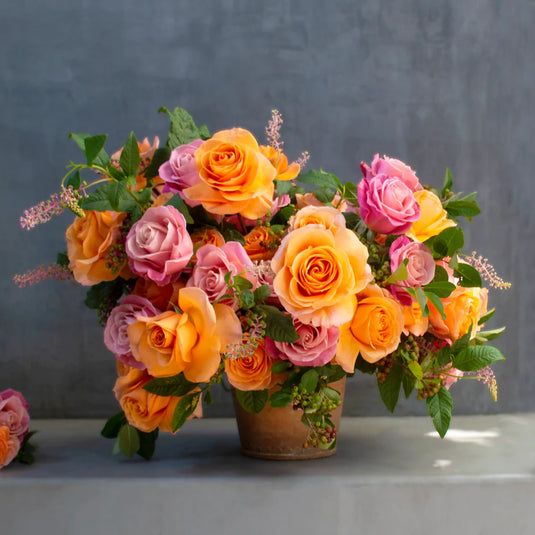
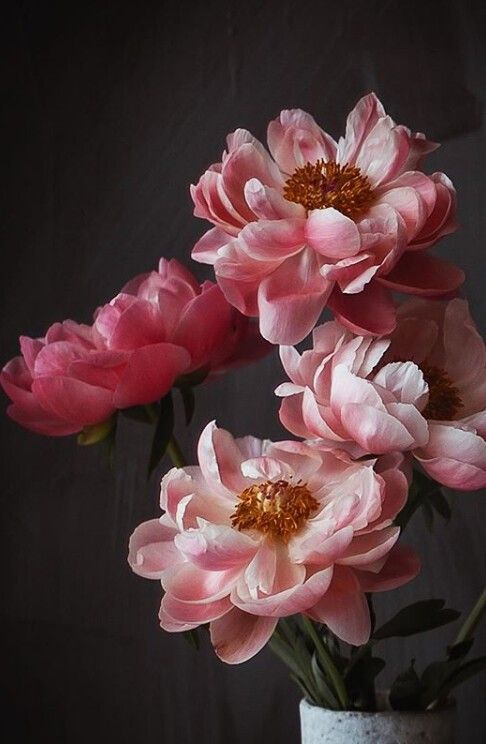
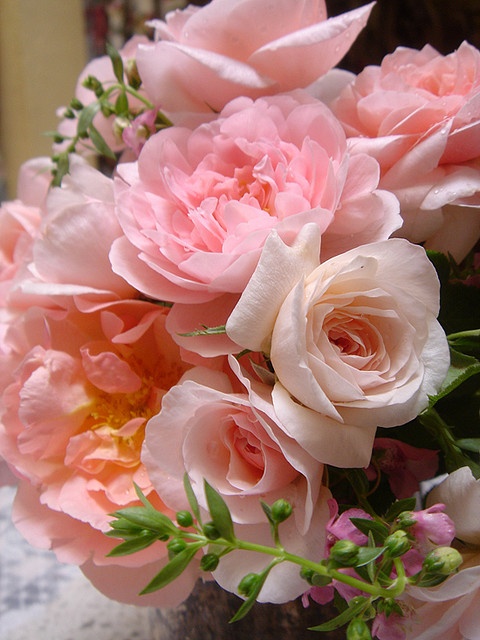
Understanding the Benefits of Shade Cloth for Sun-Sensitive Plants
Shade cloth provides numerous benefits for sun-sensitive plants:
- Sun Protection: Shade cloth blocks a percentage of sunlight, reducing the intensity and duration of exposure to harmful UV rays that can cause sunburn, leaf scorch, and heat stress in sun-sensitive plants.
- Temperature Regulation: Shade cloth helps regulate air temperature by providing shade and reducing heat buildup around plants, creating a cooler and more comfortable microclimate that mitigates heat stress and promotes healthy growth.
- Water Conservation: Shade cloth reduces water evaporation from the soil surface and plant foliage, conserving moisture and reducing the risk of dehydration and wilting in sun-sensitive plants.
- Frost Protection: In addition to sun protection, shade cloth can provide frost protection for sensitive plants during early spring or late fall frosts, acting as a barrier against freezing temperatures and frost damage.
- Pest and Wind Protection: Shade cloth acts as a physical barrier against pests, insects, and wind, providing a sheltered environment that reduces pest pressure, windburn, and physical damage to delicate plant tissues.
Types of Shade Cloth
There are several types of shade cloth available, distinguished by their shading percentage, material, and weave density:
- Percentage of Shade: Shade cloth is available in various shading percentages, ranging from 30% to 90%, indicating the amount of sunlight that is blocked by the fabric. Choose a shading percentage based on the light requirements and sensitivity of your plants, with higher percentages providing greater shade and protection.
- Material: Shade cloth is typically made from high-density polyethylene (HDPE) or woven fabric, both of which are durable, UV-stabilized, and breathable materials that provide long-lasting sun protection.
- Weave Density: Shade cloth is available in different weave densities, ranging from open-weave to tight-weave fabrics, which affect airflow, light diffusion, and durability. Open-weave fabrics offer better airflow and light penetration, while tight-weave fabrics provide more shade and physical protection.
Installation Methods for Shade Cloth
Follow these steps to install shade cloth over your sun-sensitive plants:
- Measure and Cut: Measure the area to be covered by the shade cloth and cut the cloth to size, leaving a few inches of excess on all sides for securing and tensioning.
- Frame or Support Structure: Install a frame or support structure over the planting area using PVC pipes, wooden stakes, metal poles, or wire hoops, ensuring it is sturdy and securely anchored to the ground or garden beds.
- Attach Shade Cloth: Drape the shade cloth over the frame or support structure and secure it in place using clips, zip ties, bungee cords, or ropes, pulling it taut to minimize sagging and ensure even coverage.
- Secure Edges: Secure the edges of the shade cloth to the frame or support structure using clips, staples, nails, or adhesive tape, ensuring it is firmly anchored and resistant to wind or weather.
Best Practices for Using Shade Cloth
Follow these best practices to maximize the effectiveness of shade cloth for sun-sensitive plants:
- Monitor Light Levels: Regularly monitor light levels and plant response to shade cloth to ensure optimal growing conditions and adjust shading percentage or coverage as needed.
- Provide Ventilation: Ensure adequate airflow around plants by leaving gaps or vents in the shade cloth installation to prevent heat buildup and humidity levels that can promote fungal diseases.
- Water Management: Adjust watering frequency and irrigation practices to account for reduced sunlight and increased moisture retention under shade cloth, avoiding overwatering or waterlogging of plant roots.
- Seasonal Adjustments: Make seasonal adjustments to shade cloth installation to accommodate changing light levels, temperature fluctuations, and plant growth stages throughout the year.
Conclusion
Shade cloth is a versatile and valuable tool for protecting sun-sensitive plants from the harsh effects of excessive sunlight while creating a cooler, more comfortable environment in your garden. By selecting the right shading percentage, material, and installation method, you can tailor shade cloth to meet the specific needs of your plants and optimize growing conditions for success. Whether you’re growing delicate flowers, leafy greens, or tender vegetables, incorporating shade cloth into your gardening arsenal allows you to nurture sun-sensitive plants with care and confidence, ensuring they thrive and flourish in every season.
FAQs (Frequently Asked Questions)
- How do I determine the appropriate shading percentage for my shade cloth?
- The appropriate shading percentage for your shade cloth depends on the light requirements and sensitivity of your sun-sensitive plants, as well as your climate, location, and seasonal weather patterns. Generally, plants that prefer full sun may tolerate lower shading percentages (30% to 50%), while plants that prefer partial shade or shade may require higher shading percentages (50% to 70% or more). Experiment with different shading percentages and observe plant response to determine the optimal level of shade for your garden.
- Can I use shade cloth for other purposes besides protecting sun-sensitive plants?
- Yes, shade cloth has various applications beyond protecting sun-sensitive plants, including creating shaded areas for outdoor seating, play areas, or pet enclosures; reducing heat buildup in greenhouses, hoop houses, or carports; and providing privacy or windbreaks in outdoor spaces. Additionally, shade cloth can be used to protect delicate seedlings, transplants, or newly planted trees from excessive sun exposure or wind damage during establishment.